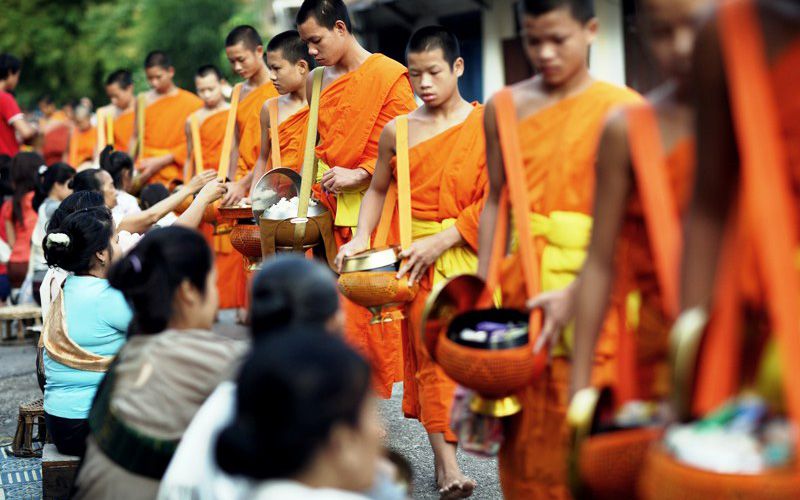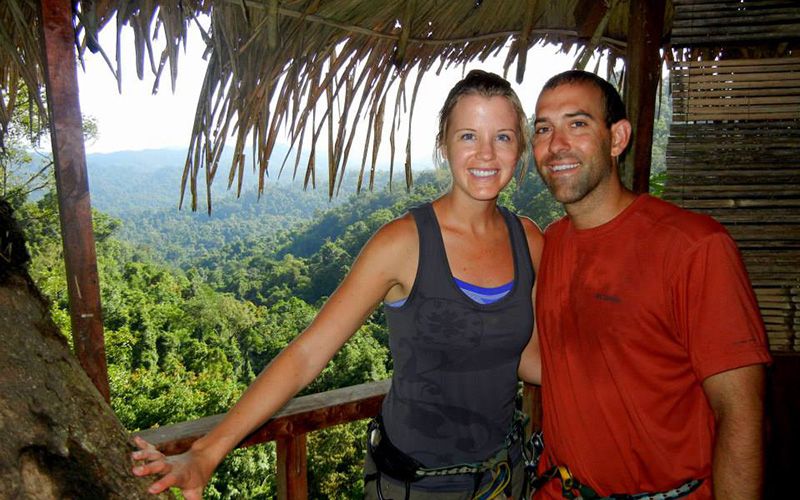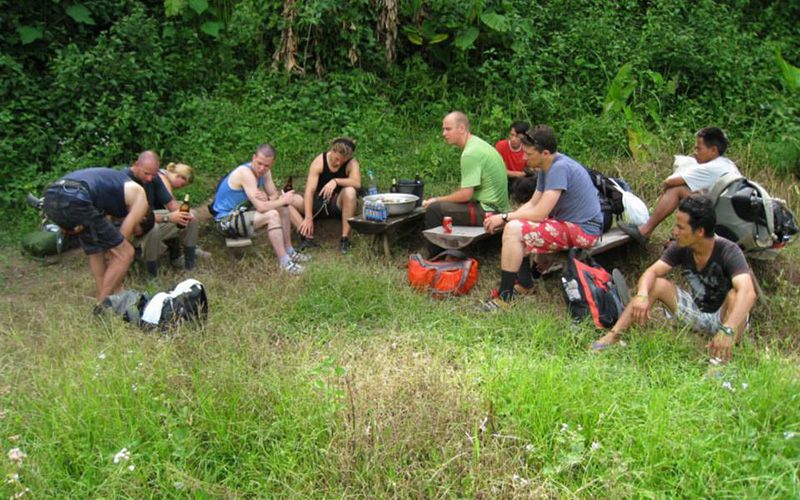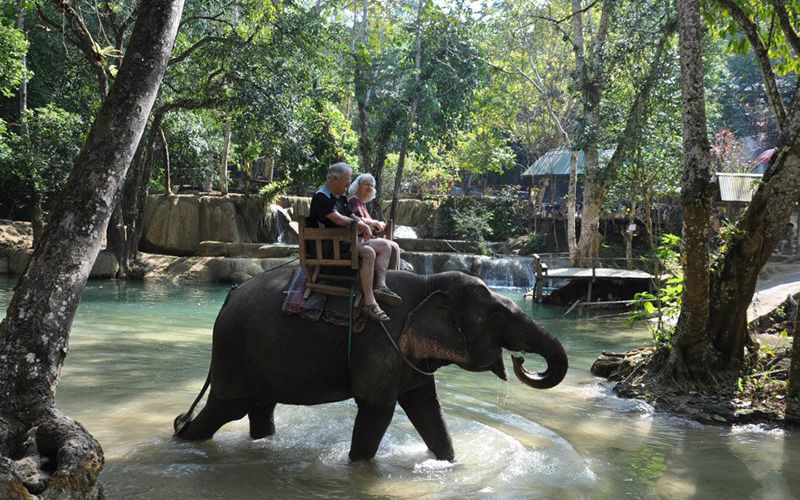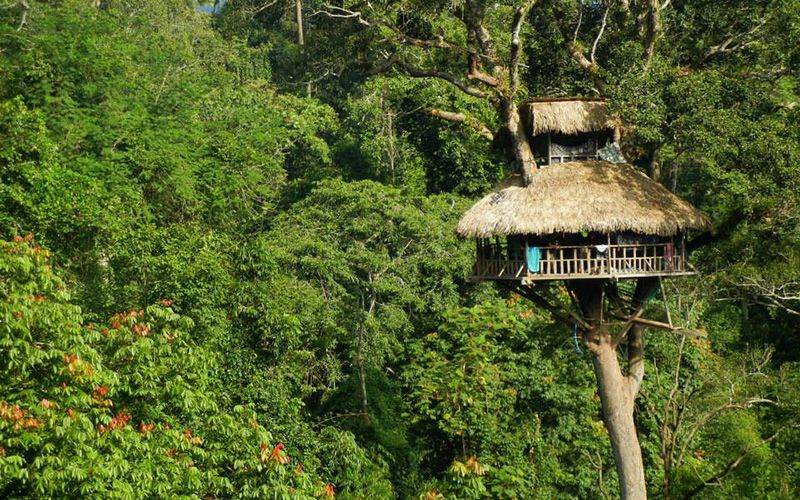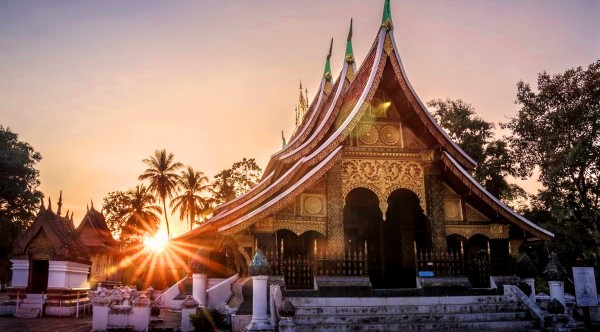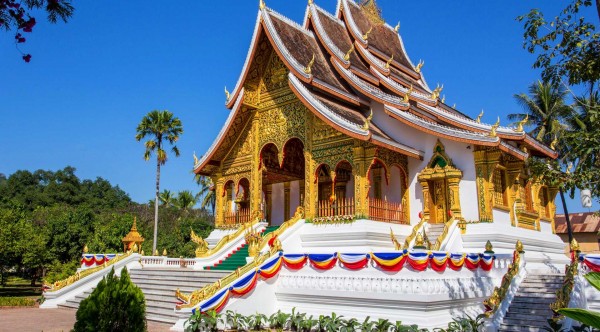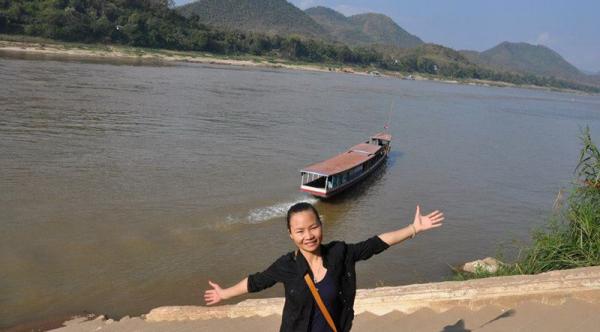Itinerary
Laos remains exotic, unexplored and is possibly the most overlooked destination in Asia, despite its rich culture, history and diverse ecosystem.
Your trip will start in Paske and end in the capital city of Vientiane. In between, you will explore a beautiful island in the Khong Island region and its surrounding areas.
In Xieng Khouang, you will visit Plain of Jar and meet multiple hill tribe people as you venture off the beaten path and discover the many hidden wonders of this beautiful Southeast Asian country.
Once the heart and soul of the ancient kingdom of Laos, Luang Prabang is now a designated UNESCO World Heritage Site. The city is filled with ornate temples and French colonial architecture on the banks of the Mekong River, giving it a truly magical feel.
We are sure that this will be a once in a life time experience!
Day1. Arrival Pakse – Khong Island
Upon arrival, you are met and transferred to the boat pier, we board the long tail motorboat downstream the Mekong to Champassak to visit the ruins of Wat Phu, the pre-Angkorian temple, one of Southeast Asia’s most dramatically situated temples. We have time to explore these intriguing Khmer ruins, which are perched at the base of Mount Phu Kao. Wat Phu is one of the Lao World Heritage sites recognized by UNESCO in 2001, this wonderful archeological site of Khmer civilization dates back to the 9th century, predating the famous Angkor Wat in Cambodia. Here we also have a chance to visit some nearby Khmer temples and Buddhist shrines. After lunch we drive to the peaceful Khong Island, one of the largest in the 4000 islands region, on the way we stopover to at the villages of ban Phone Saat. Overnight on Khong Island
Day2. Khong Island – Surrounding (B, L)
After breakfast, we enjoy a cruise venturing into the widest point of the Mekong River where thousands of islets become visible in dry season, giving this area a lovely name: Si Phan Done. Along the way, we stop at the Liphi waterfalls, one of the most beautiful waterfalls marking the Lao Cambodia border, also known as the Samphamith. We also visit the fishing village of Ban Done Khone. On return, we take a short drive Khone Phapheng, which boasts South East Asia’s biggest waterfall, known as the Niagara of the east. If we are lucky, we may even see the rare freshwater Irrawaddy Mekong dolphin at Ban Hang Khone. Overnight on Khong Island
Day3. Khong Island – Tadlo – Pakse (B, L)
Upon leaving Done Khone Island, we journey towards Tadlo, through Boloven plateau. The Boloven Plateau is known for its cooler temperature being located high above the Mekong Valley. Rivers run off this high plateau in all directions and then plunge out to lush forests along in a series of spectacular surging waterfalls. A trip to the plateau provides a refreshing break from the heat and allows you to observe the cultivation of rich coffee, tea, cardamom, bananas, and other crops that can be seen en route. This trip gives visitors the chance to venture off the beaten track and to discover some of the lesser-known areas of Laos, exploring the wild beauty of this southern region. Upon arrival at Tad Lo waterfall, we visit the villages of Alak, Nge, and Katu, populated by ethnic minority groups. We return to Pakse by late evening. Overnight in Pakse
Day4. Pakse – Vientiane – Plain of Jar (B)
After breakfast, we transfer to the airport for a flight to Vientiane. Upon arrival we explore the capital, if time permits, before boarding the flight to Xiengkhouang. Upon arrival, we transfer out to visit the Plain of Jars, an impressive archaeological site where hundreds of large stone jars are littered all over the plateau. If time permits, we may see the old capital of Muang Khoum and its’ surrounding villages which are home to the Hmong hill tribe. They have an interesting local culture and a colourful history. Overnight in Phonsavanh
Day5. Xiengkhouang – Muangkham (B, L)
After breakfast, we visit the Central Market of Phonsavanh and then drive 50 kilometres to Muang Kham. En route we visit the tribal villages of Hmong, Tai Dam and Khmu… and the hot springs and Tham Piew cave – where hundreds of local people hid during the bombings of the Indo-china War. We explore the local market at Muangkham and visit local villages before returning to Phonsavanh by the late afternoon. Overnight in Phonsavanh
Day6. Xiengkhouang – Luang Prabang (B)
Following breakfast, we drive along route No. 7 to Luang Prabang (6 hours drive). Along the way, we enjoy the splendid scenery of the surrounding countryside and the mountain ranges. We make a few stops along the way to visit some tribal minority villages and capture amazing landscapes with several photo stops before reaching Luang Prabang. Luang Prabang is perhaps the best-preserved traditional city in Southeast Asia. The tranquility and charm of this town with its splendid natural scenery and cultural sights make it one of the most delightful place to visit in Laos. After freshening up, we visit the impressive stupa of Wat Visoun and the shrines of Wat Aham and Wat Mai. We then climb up to the top of Mount Phousi for an enjoyable exploration of the sacred, gilded stupa as well as a beautiful sunset view of the city and the Mekong River. From there, we explore the Night Market, where you can find a lovely selection of handmade textiles made by the local and hilltribe people surrounding Luang Prabang. Overnight in Luang Prabang
Day7. Luang Prabang – Pak Ou Cave (B, L)
After breakfast, we enjoy a short- guided tour seeing the city’s oldest temple Wat Sene and the magnificent Wat Xiengthong with it’s roofs sweeping low to the ground, representing classical Laotian architecture. We then board a cruise upstream on the Mekong River, which gives us a panoramic view of the tranquil countryside as well as an interesting visit to the mysterious Pak Ou Caves, two linked caves crammed with thousands of gold lacquered Buddha statues of various shapes and sizes left by pilgrims. En route, we stop at the village of Ban Xanghai, where local rice wine is produced. We also have time to visit Ban Xangkhong and Ban Xienglek, small villages well known for silk weavings and for Saa (jute) Papermaking. Overnight in Luang Prabang
Day8. Luang Prabang – Khouangsi Waterfalls (B, L)
An optional early start gives you the fantastic opportunity to participate in the daily morning rituals of saffron-clad monks collecting offerings of Alms from the faithful residents. This tradition is very unique in Laos, being the only Buddhist nation still preserving the procession. From there you will visit the morning Phosi Market where you will see such diverse offerings as dried buffalo skin, local tea and saltpeter among the chickens, vegetables and hill-tribe weavings. Laos is also known for its traditional handicrafts, and today you will visit local village of Lao ethnic minority groups at Ban Ouay and Ban Thapene. We also drive to the beautiful Khouangsi Waterfall where you can take a dip in the turquoise pools or walk along the forest paths. We return to Luang Prabang by late afternoon and continue to Ban Phanom, a well-known weaving village, and then return to the city by late evening for the sunset at Wat Siphouthabath. Overnight in Luang Prabang
Day9. Luang Prabang – Vientiane (B)
After breakfast we visit The National Museum (closed Tuesdays) at the former Royal Palace, which displays a collection of artefacts reflecting the richness of Lao culture dating back from the days of the early kings right through to the last sovereign. We also have time to visit the Central Market, before you are transferred to the airport for your afternoon flight back to Vientiane. After transferring to the hotel, we may have time for a short orientation walk of Vientiane, strolling around some of the colonial sights that make this a characterful city. Overnight in Vientiane
Day10. Vientiane City Tour (B, L)
After breakfast, we continue to explore Vientiane capital by visiting the major sights of the capital; including the oldest temple Wat Sisaket with thousands of miniature Buddha statues and the former royal temple of Wat Prakeo, which previously housed the famous Emerald Buddha Image. Enroute to Lao’s national precious heritage, the famous and sacred structure of That Luang Stupa, you will have the opportunity to take some pictures of the imposing Patuxay Monument, which is well known as Vientiane’s own Arc de Triumph in the afternoon, we continue visiting the rest of Vientiane by foot, including Wat Ong Tue, Wat Inpeng and Wat Haisok. We pass by the major shopping area continuing to the Vientiane Central Market of Talad Sao and Talad Kouadin where various goods are displayed for sale; including fresh food, household goods, souvenirs, textiles, gold, silver and antiques. We return to the Mekong Riverside in the late afternoon in time for a beautiful sunset. Overnight in Vientiane
Day11. Vientiane Departure (B)
After breakfast, you are free at your leisure until your transfer to the airport. End of services!


